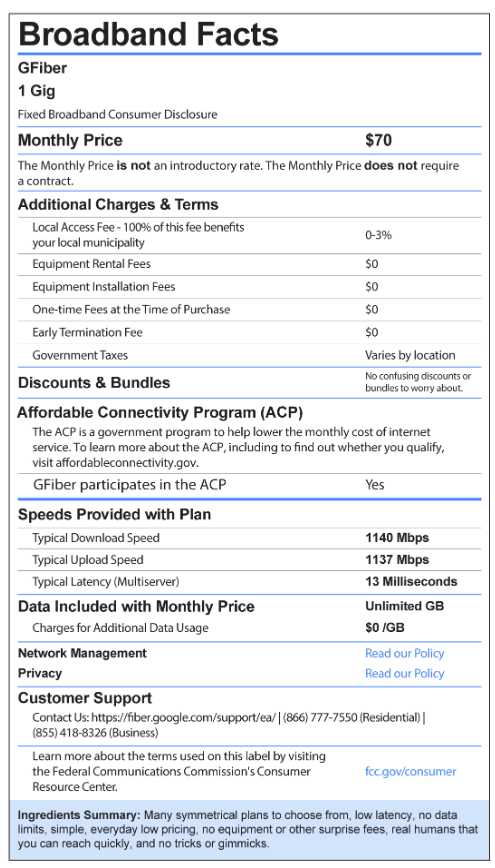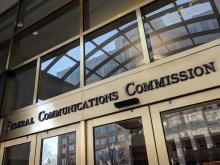Broadband Labels Help Transparent Providers Show Off Their Service
The Federal Communication Commission (FCC) recently published rules for its broadband nutrition label provides a partial victory for Internet subscribers and a potential marketing advantage for fiber providers – but may pose a challenge for wireless Internet service providers.
Though the new rules were finalized in October, Internet Service Providers (ISPs) have until April 10, 2024 to publish their broadband labels, though providers with 100,000 or fewer subscriber lines have until October 10, 2024.
Just like the label on the back of packaged food in grocery stores helps shoppers understand the nutritional value of the food they are buying, the broadband label requires ISPs to disclose their broadband pricing and service information (at the point of sale) to help potential subscribers make informed decisions about the service they are signing up to get.
Transparency on Display
Though the label is just another red-tape requirement for some providers, others see it as an opportunity to show off the quality of their services.

Google Fiber, for example, published via social media and its blog a preliminary version of its own broadband consumer label, just days after the final rule was published, and six months before its deadline.



